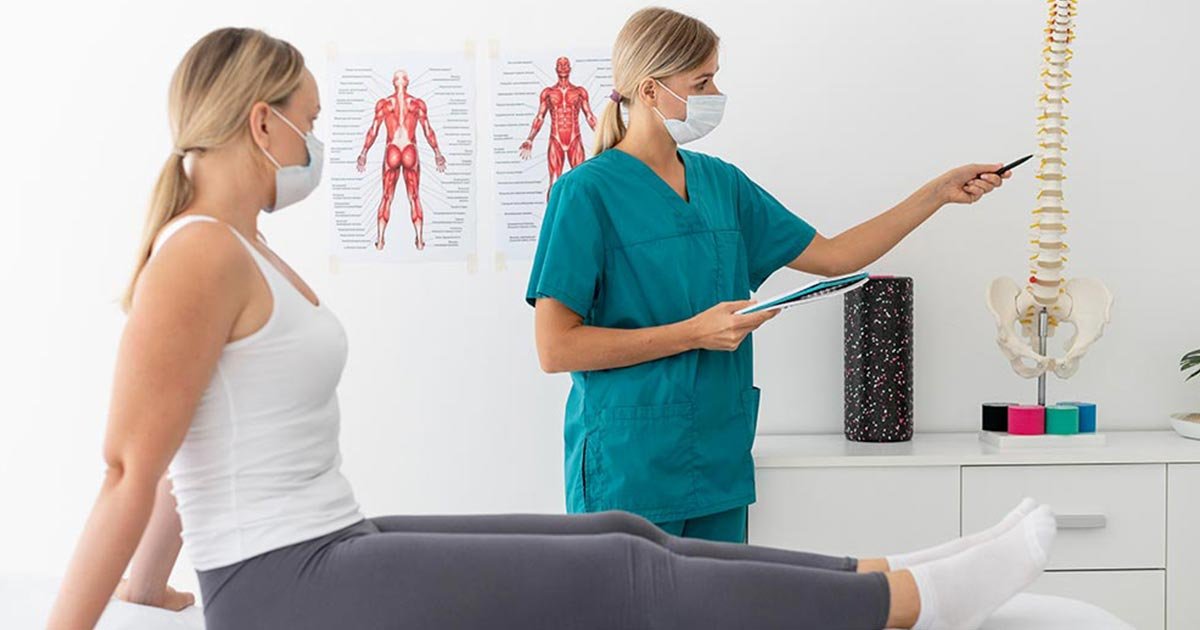

Good posture, posture correction, spinal alignment, physiotherapy for posture, back pain prevention, ergonomic tips, text neck, posture exercises, spinal biomechanics, how to improve posture

“Stand tall, shoulders back, chin up!” — sound familiar?
From childhood, we’re told to fix our posture, but few of us understand why it’s so important.
Posture is much more than how you look — it’s how your body holds itself during everyday activities like sitting, standing, walking, or lifting. Good posture ensures your bones, joints, and muscles are properly aligned, minimizing stress and maximizing efficiency. Poor posture, on the other hand, can quietly lead to muscle fatigue, joint degeneration, chronic pain, and even breathing problems over time.
In this detailed guide, we’ll explore the science behind spinal alignment, why posture matters, how today’s tech habits are reshaping our bodies, and how physiotherapy offers a lasting solution to reclaim your posture and overall well-being.
Proper posture means holding your body in a position where the least strain is placed on your muscles, ligaments, and joints. This is called a neutral spine — the natural curves in your cervical (neck), thoracic (upper back), and lumbar (lower back) regions are maintained without exaggerated arching or flattening.
Good posture while standing:
Good posture while sitting:
Many people think they have good posture but fall into subtle bad habits — slumping at the desk, tilting their pelvis forward, or letting their shoulders hunch. Over time, these small misalignments add up, creating imbalances and discomfort.
The human spine is an engineering marvel. It consists of 33 vertebrae, separated by cushioning intervertebral discs, supported by countless ligaments and muscles, all designed to:
When your posture is aligned, the load is evenly distributed, and your muscles work efficiently. But when your posture is poor, certain muscles are overworked (think tight neck and shoulder muscles), and others weaken over time, causing an imbalance that affects your entire kinetic chain — hips, knees, even your feet.
Did you know?
For every inch your head juts forward, it adds up to 10 extra pounds of weight on your cervical spine! That’s why “text neck” and forward head posture are causing so many modern spinal issues.
While occasional slouching isn’t a disaster, chronic poor posture can lead to serious, long-term consequences:
Poor posture doesn’t just affect how you feel — it affects how you function.
In the age of smartphones, tablets, and laptops, many of us spend 8–12 hours a day hunched over screens. This has introduced entirely new postural issues, including:
Over time, these tech-driven habits reshape the spine and muscular patterns, making good posture feel unnatural. This is why simply “sitting up straight” often isn’t enough — you need to retrain your body to restore balance and alignment.
Physiotherapy offers a comprehensive, long-term approach to improving posture. Instead of just giving you reminders to “sit up straight,” physiotherapists assess why your posture is poor and design a personalized treatment plan.
What physiotherapy includes:
Top exercises for posture improvement (ask your physiotherapist for guidance!):
Remember: Lasting posture change is a journey, not a quick fix — but with consistent practice and expert guidance, you can dramatically improve alignment, comfort, and overall health.
Posture isn’t just a habit — it’s a reflection of how well your body moves, functions, and endures the stresses of daily life. Poor posture can creep in silently, but with awareness, education, and physiotherapy support, you can retrain your body, reduce pain, and reclaim your confidence.
Call to Action:
Ready to improve your posture and reduce back pain? Book a physiotherapy assessment today and start your journey toward better alignment, stronger muscles, and a healthier, pain-free life.
Monday – Saturday
9 AM – 9 PM
Sunday & Public Holiday
10 AM – 5 PM